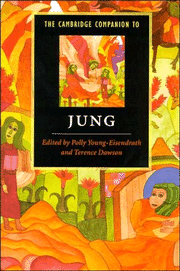Introduction
Jung and the post-Jungians
Published online by Cambridge University Press: 28 May 2006
Summary
Over the past five years, I have spoken on Jungian and post-Jungian psychology and analysis at eighteen universities in seven countries. I have discovered that, in spite of the fact that its core texts are more or less absent from reading lists and curriculum descriptions, there is enormous interest in analytical psychology. When Jung is mentioned, it is primarily as an important schismatic in the history of psychoanalysis. Similarly, in the clinical context, even though most psychoanalysts often pass over his name in silence, many therapists - and not just Jungian analysts - have “discovered” Jung as a major contributor to our thinking about clinical work. These important cultural developments are going on alongside the far better known popular alliance of some aspects of Jungian psychology with “new age” thinking and activity. There are two questions arising from this complicated situation to which, in the course of the chapter, I shall attempt to provide at least a partial answer. First, “Do Jung's ideas merit a place in contemporary debate in the academy?” And second, “Do Jung's ideas merit greater discussion in general clinical training in psychotherapy?”
- Type
- Chapter
- Information
- The Cambridge Companion to Jung , pp. 1 - 14Publisher: Cambridge University PressPrint publication year: 1997
References
- 3
- Cited by

